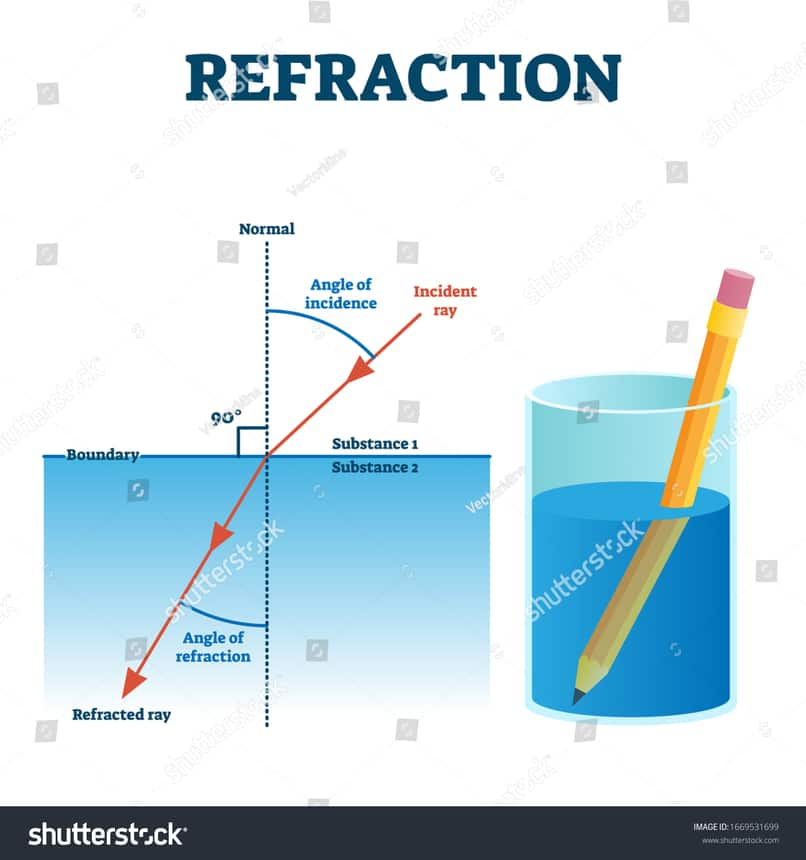Advanced Sunrise And Delayed Sunset - About Advanced Sunrise And Delayed Sunset
We always see sunrise about 2 minutes before the sun is present in the position. But what is the reason for this? The actual reason behind this kind of phenomenon i.e advanced sunrise and delayed Sunset is found to be the refraction. When we talk about the phenomenon of sunrise we found out that, the light rays bend due to our atmosphere. Normally we observe the sun too early but at this time the sun is just below the horizon. Similar situations arise at the time of sunset. Due to the bending of light rays, we observe the sun for 2 more minutes than the actual sunset. This is to find out the apparent position of the sun which is not the actual position.
This Story also Contains
- Define Refraction :
- Define Atmospheric Refraction
- Advance Sunrise And Delayed Sunset:

When we consider all these details in our understanding we found out that due to refraction we observe that the sun rises about two minutes before its actual time. The same phenomenon is observed when the sun sets around two minutes later.
Define Refraction :
Refraction of light is defined as the bending of light in different directions whenever it passes from one medium to another. This bending can also be observed because of a gradual change in the optical density of the medium. The difference between the wave's speed and its original direction of propagation and the amount of change in both measures the amount by which a wave is refracted.
The refraction of waves can be seen in many different locations in our daily lives. For instance, due to the phenomenon of refraction, any objects such as coins or pencils that are present under the water’s surface are observed to be closer as well as clearer when compared to their actual position. This phenomenon plays a very important role in the establishment of optical lenses. This helps to develop devices such as cameras, glasses, microscopes, binoculars, and the human eye.
Define Atmospheric Refraction
Atmospheric refraction is defined as the phenomenon of reflection of light that is done by the atmosphere of the Earth. Earth's atmosphere is divided into different layers and all the layers have different optical densities.
Any frequency of light from an object is refracted as it travels through the various optically dense layers of the atmosphere and is twisted either away from or in the direction of the normal. Since density and optical density are used to calculate the refractive index of the air, it is distinct for each layer of the atmosphere because of their temperature and pressure differences. When pressure is found to be lower at higher altitudes, the refractive index at those locations is also lower as a result, which causes light to reflect towards the Earth's surface. Even if the stars' perceived positions differ from their true positions, it is still possible to see where the sun and stars are.

Advance Sunrise And Delayed Sunset:
Advance sunrise and delayed sunset are events that occur as a result of light ray refraction. Our eyes perceive the Sun 2 minutes before it rises, and the Sun looks to set 2 minutes later.
Reason for advanced sunrise
Before the actual Sunrise sun is located below the horizon. The rays of the Sun come from the denser air towards the less dense air so it leads to atmospheric refraction. Because of this phenomenon, the sun's rays reflect and appear to come above the horizon. As a result, we observe sunrise two minutes before it truly happens. This implies that we only see the sun's apparent position, not its actual position.
Reason For Delayed Sunset :
After the sun is dawn the sun is present below the horizon but the sun rays are coming from the more dense air towards the less dense air in this region. Due to this phenomenon, the sun's rays reflect and again appear to come above the Horizon and the sun appears in the sky till 2 minutes after its dawn.
Frequently Asked Questions (FAQs)
The human eyes see the rays of the sunlight as a straight line but that is not a straight line.
When we find out the ratio of the speed of light in a vacuum and the speed of light in the medium of some larger density then we call this term the refractive index which is the major basic tool to find out the amount of refraction.
The twinkling of stars is based on the principle of the atmospheric refraction. The stars appear to twinkle because the light that is coming from the Star Travels the different layers of the atmosphere due to which the light goes from one layer to the other layer. Due to this, the light appears to be brighter and dimmer again and again and leading to the twinkling of stars.
Longitude and latitude play a main role in the sunrise and the sunset . Longitudes are defined as the lines that travel vertically Around the globe and latitude is defined as the imaginary line that is present in the circle of the earth and is present along the rows.
It is due to the atmosphere poses many different layers and each layer has a different optical density. When light travels to the different layers of the different optical densities then it leads to the bending of the light towards the normal or away from the normal which leads to the phenomena of atmospheric refraction.